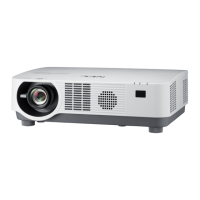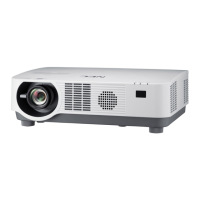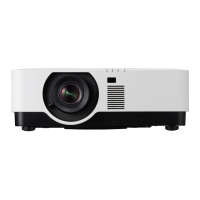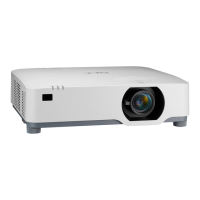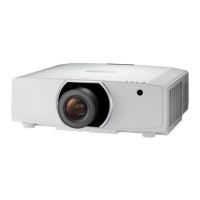Why are 3D images not displaying correctly on my NEC Projector?
- AAnn TurnerOct 25, 2025
If 3D images are not displaying correctly on your NEC Projector, there could be several reasons. Ensure that the content you are playing is compatible with 3D. Check that the 3D mode is enabled in the projector's menu for the selected source. Verify you are using the recommended LCD shutter eyeglasses, and that they are switched on with charged batteries. Make sure the correct eyeglass method is selected in the menu. The viewing distance shouldn't be too far, and there should be no bright light sources or other projectors interfering. If using a computer, confirm it meets the 3D viewing requirements and is set for 3D output. Also, ensure there are no obstacles between the optical receiver of the 3D eyewear and the 3D emitter, and that the 3D format of the video content is supported. If the...
